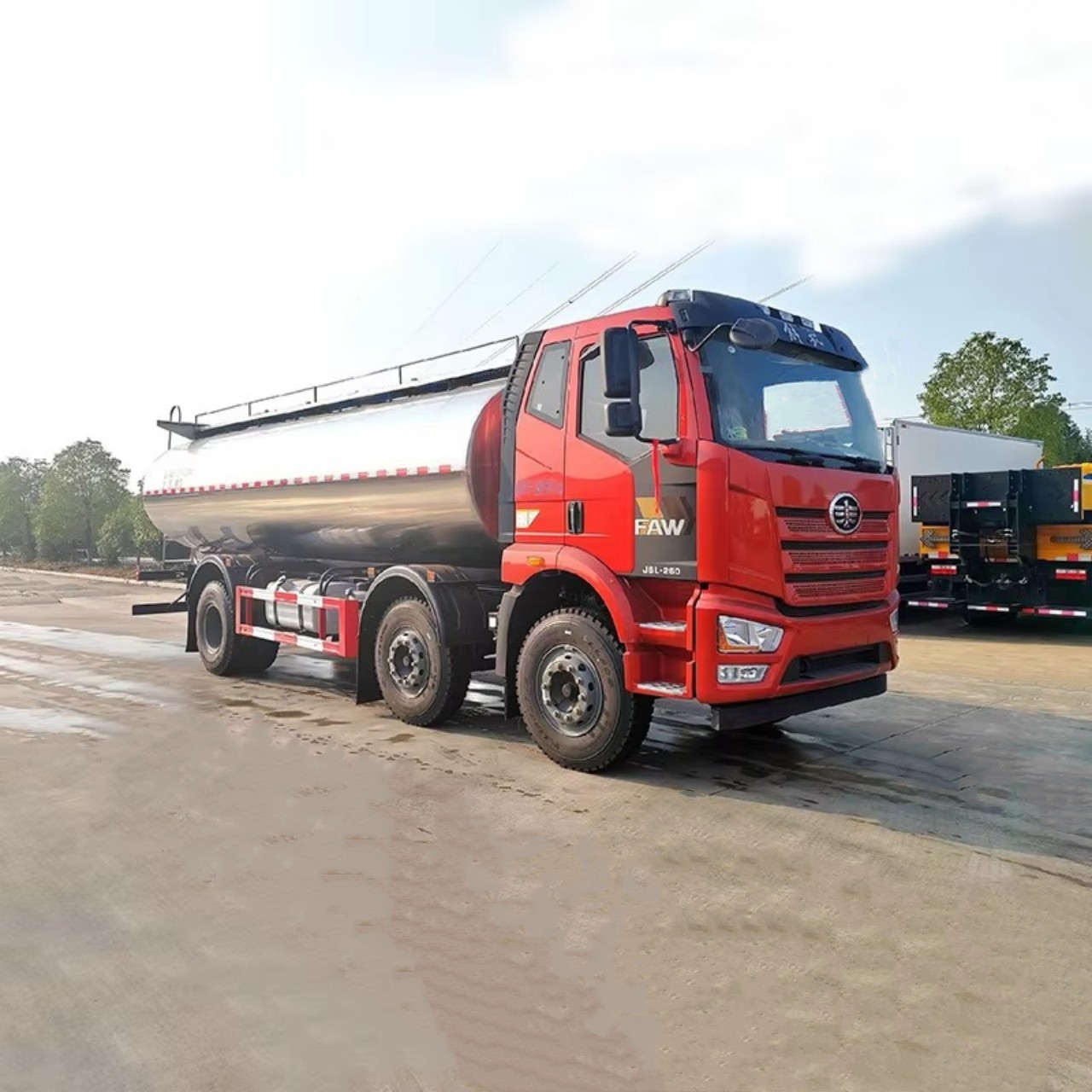Milk is one of the most perishable and sensitive food products consumed daily around the world. Ensuring it reaches consumers in a safe, fresh, and uncontaminated state is a complex logistical challenge that requires strict hygiene protocols, specialized equipment, and regulated procedures. From the farm to the processing facility and finally to retail shelves or consumers’ homes, each step of milk transportation plays a critical role in preserving its quality. But how exactly is milk transported safely? Let’s explore the stages, vehicles, equipment, and regulations involved in this essential process.
1. The Importance of Safe Milk Transport
Milk is a nutrient-rich liquid that can spoil quickly if not kept under the right conditions. Improper transportation can lead to bacterial contamination, off-flavors, curdling, and ultimately, health risks for consumers. For these reasons, transporting milk safely is not just about maintaining freshness—it’s a matter of public health and food security.
Safe milk transport also reduces product loss and ensures compliance with local and international food safety standards. It is a vital part of the dairy supply chain, ensuring that farmers can get their product to market efficiently and that consumers receive a product that is safe and enjoyable to consume.
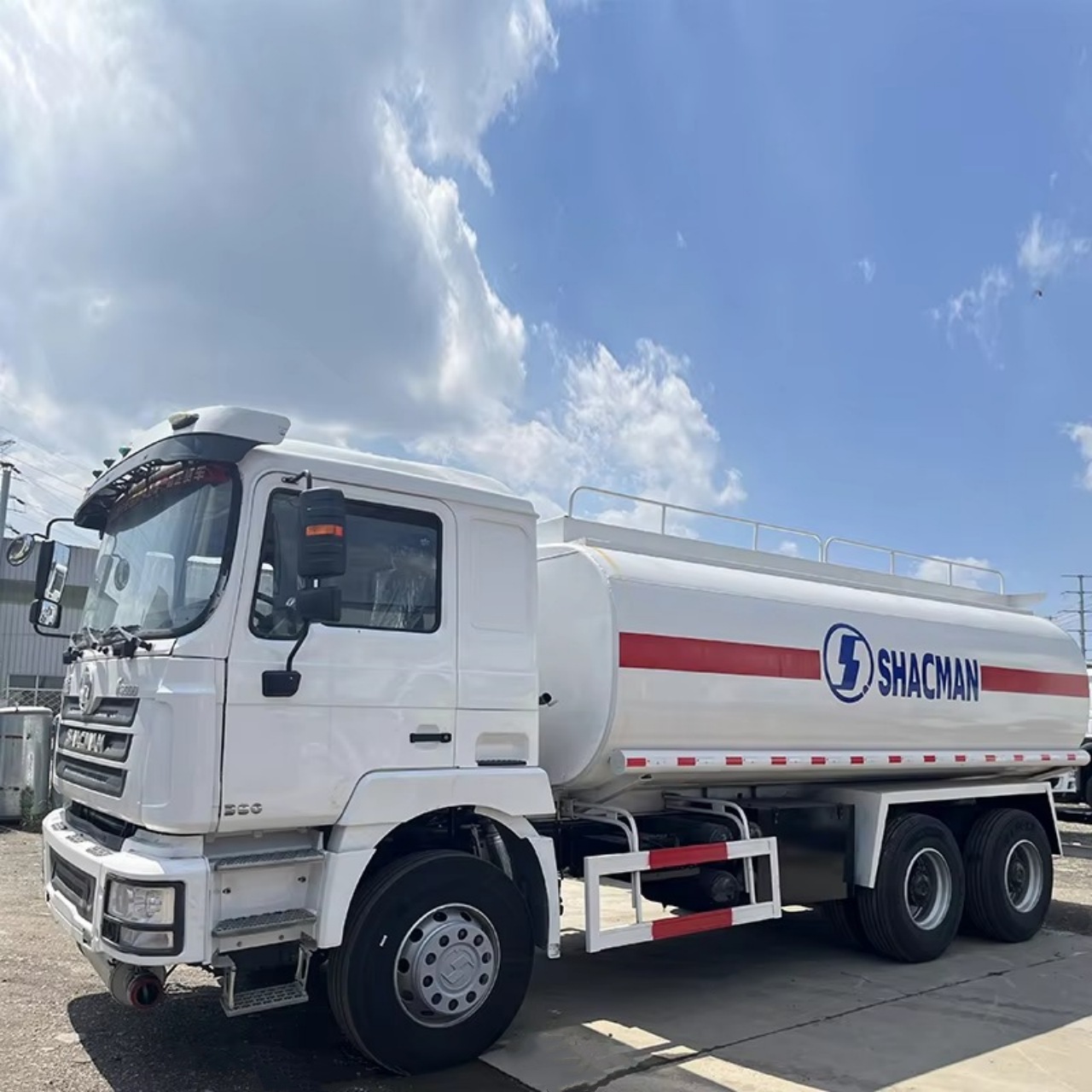
2. Bulk Milk Collection: From Farm to Processing Plant
A. On-Farm Storage
The journey of milk begins at the farm, where it is collected from cows and immediately cooled to 4°C (39.2°F) or lower using bulk milk cooling tanks. This rapid cooling is crucial to slow bacterial growth and maintain quality.
B. Milk Tanker Trucks
Once the milk is chilled, it is transferred to insulated stainless steel milk tanker trucks. These specialized vehicles are designed to maintain cold temperatures for extended periods. They typically have the following features:
- Stainless steel tanks: These resist corrosion and do not react with the milk.
- Insulated walls: Often made with polyurethane foam insulation to keep the milk cold.
- Sanitary fittings: Including sealed hatches and food-grade hoses for hygienic loading and unloading.
- CIP systems (Clean-In-Place): Many tankers include automated cleaning systems to maintain hygiene between loads.
The milk is pumped into the tanker using sanitary pumps and food-grade hoses, ensuring no external contamination. Each load is sampled before being accepted, both at the farm and at the processing facility, for quality testing.
3. Temperature Control and Time Sensitivity
Milk must be kept at or below 4°C throughout its journey. Tankers are typically not refrigerated but rely on the insulation and the cold temperature of the milk itself to stay within safe limits. Since there is no active refrigeration, time becomes a critical factor. Transport must occur within a specified timeframe—often within 24 hours—to maintain quality and comply with regulatory standards.
In some advanced setups, GPS and temperature monitoring systems are installed in the trucks to provide real-time tracking and temperature data to logistics teams. Any deviation from acceptable temperature ranges can be flagged immediately for corrective action.
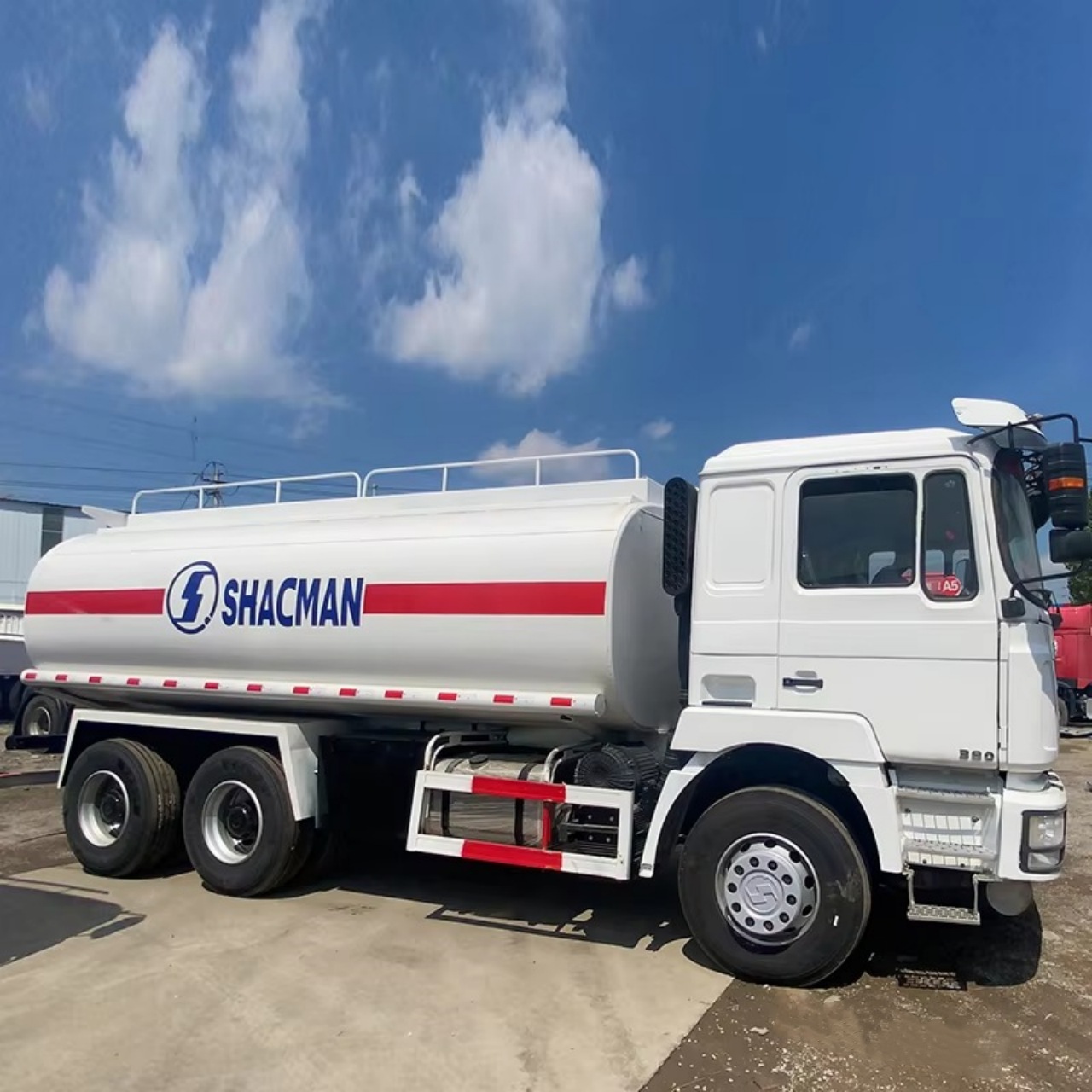
4. Regulatory Oversight and Standards
Several regulatory bodies govern the safe transport of milk, depending on the country. For instance:
- In the United States, the Pasteurized Milk Ordinance (PMO) outlines detailed requirements for milk transport, including tank design, cleaning protocols, and temperature limits.
- In the European Union, milk transport is regulated under various EU food hygiene regulations, which include guidelines for transport hygiene, temperature control, and traceability.
Most jurisdictions require milk transporters to be certified and licensed, and the vehicles must pass regular inspections. Records of cleaning, loading, and delivery must also be maintained meticulously for traceability and audit purposes.
5. Sanitation and Cleaning Protocols
To prevent contamination, milk tankers and their components (hoses, valves, etc.) must be cleaned and sanitized after every use. This is typically done using Clean-In-Place (CIP) systems that wash the interior of the tank with hot water, detergents, and sanitizers. External surfaces are also cleaned regularly.
Sanitation is not limited to the tanker drivers and handlers must also follow hygiene protocols, including wearing clean clothing, washing hands, and avoiding contact with internal components of the tanker.
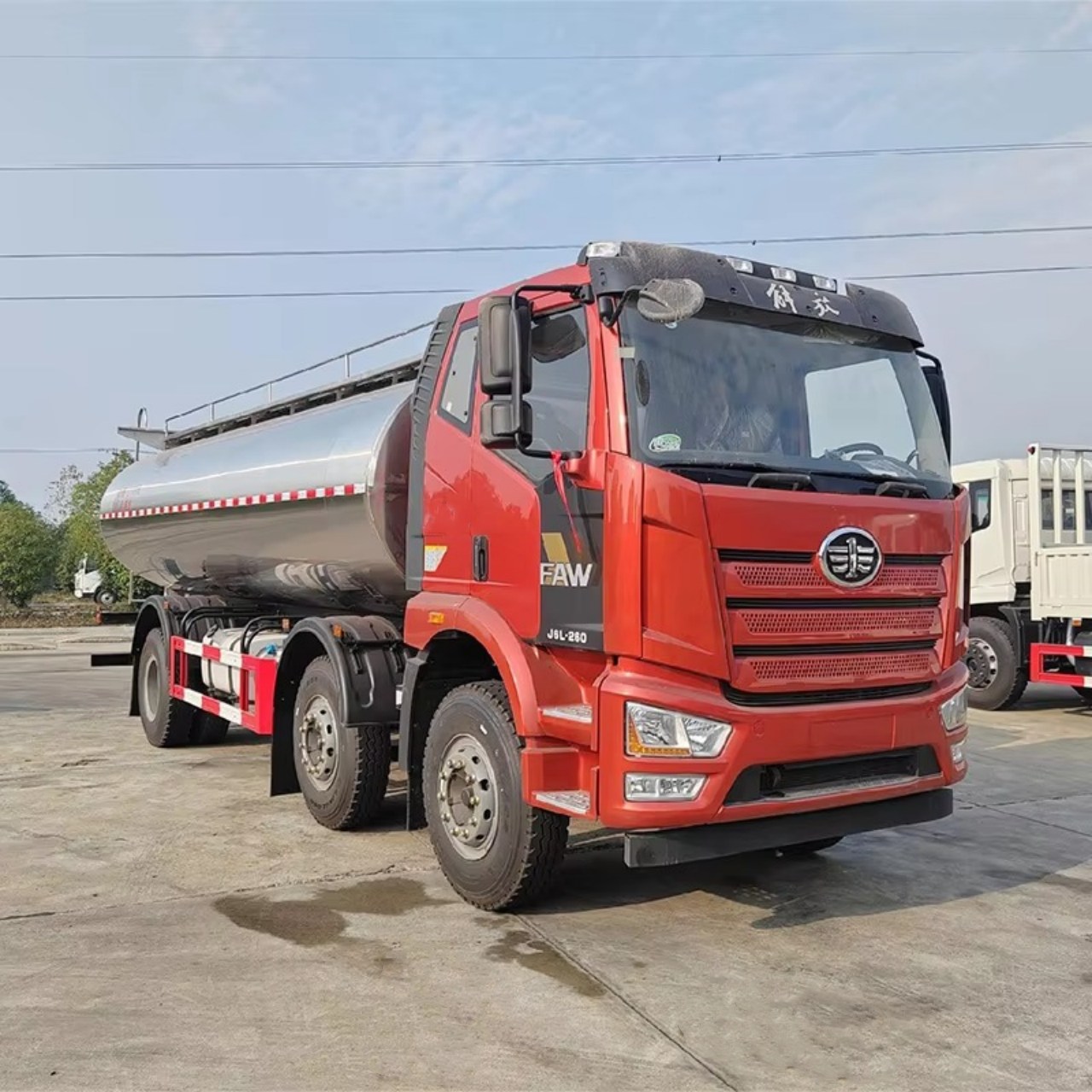
6. Secondary Transport: From Plant to Market
After the milk arrives at the dairy processing plant, it is tested, pasteurized, homogenized, and packaged. Once packaged (as liquid milk, cream, or other dairy products), it enters another phase of transportation—distribution to wholesalers, retailers, or directly to consumers.
In this stage, refrigerated trucks, also known as reefer trucks, are used. These trucks have onboard refrigeration units to maintain temperatures between 1°C and 4°C (34°F to 39°F). This ensures that the packaged milk stays fresh during delivery to supermarkets, schools, or restaurants.
7. Innovations in Milk Transport
Technology continues to advance the safety and efficiency of milk transport. Some notable innovations include:
- Smart tankers: Equipped with IoT sensors for temperature, movement, and GPS tracking.
- Automated sampling systems: Reduce human error and improve traceability.
- Milk vending trucks: In some regions, milk is distributed directly to consumers via mobile refrigerated vending trucks, offering fresh milk on demand.
Additionally, sustainable transport practices are emerging, such as using electric refrigerated trucks or optimizing route planning to reduce fuel consumption and emissions.
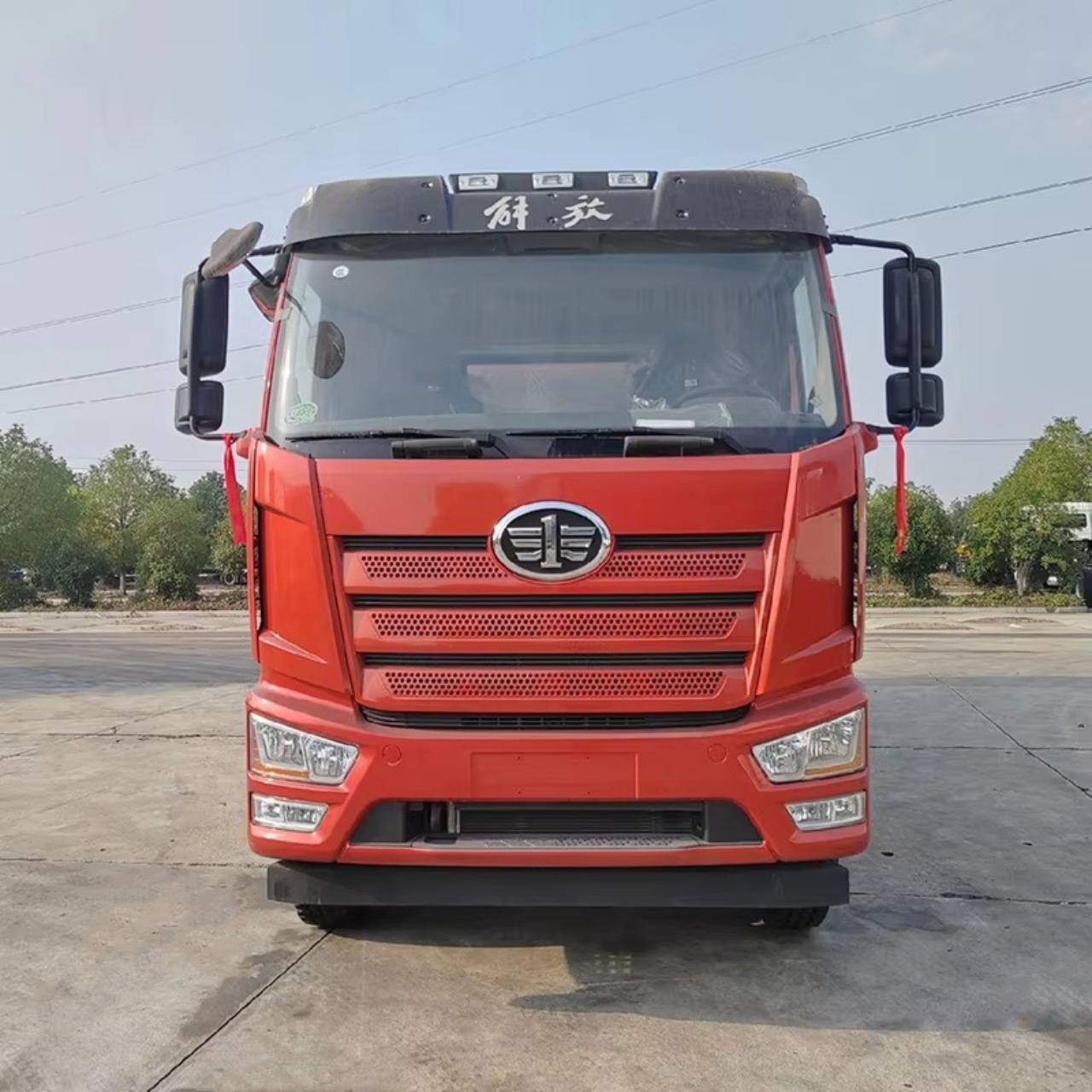
8. Challenges in Milk Transport
Despite the best practices, milk transportation faces several challenges:
- Rural infrastructure: Poor roads can slow delivery times and increase the risk of temperature excursions.
- Climatic conditions: Hot climates can increase the rate at which milk warms, necessitating better insulation or shorter transport times.
- Milk fraud and adulteration: Ensuring chain-of-custody and tamper-proof systems is critical to prevent fraud.
- Economic pressures: Rising fuel and maintenance costs can make high-quality transportation more expensive.
9. Best Practices for Safe Milk Transport
To ensure milk is safely transported, dairy supply chains follow these best practices:
- Regular training for drivers and handlers on hygiene and safety.
- Strict adherence to cleaning and sanitization schedules.
- Consistent temperature monitoring and immediate response to deviations.
- Use of standardized sampling and documentation procedures.
- Proper maintenance and calibration of tanks, pumps, and refrigeration equipment.
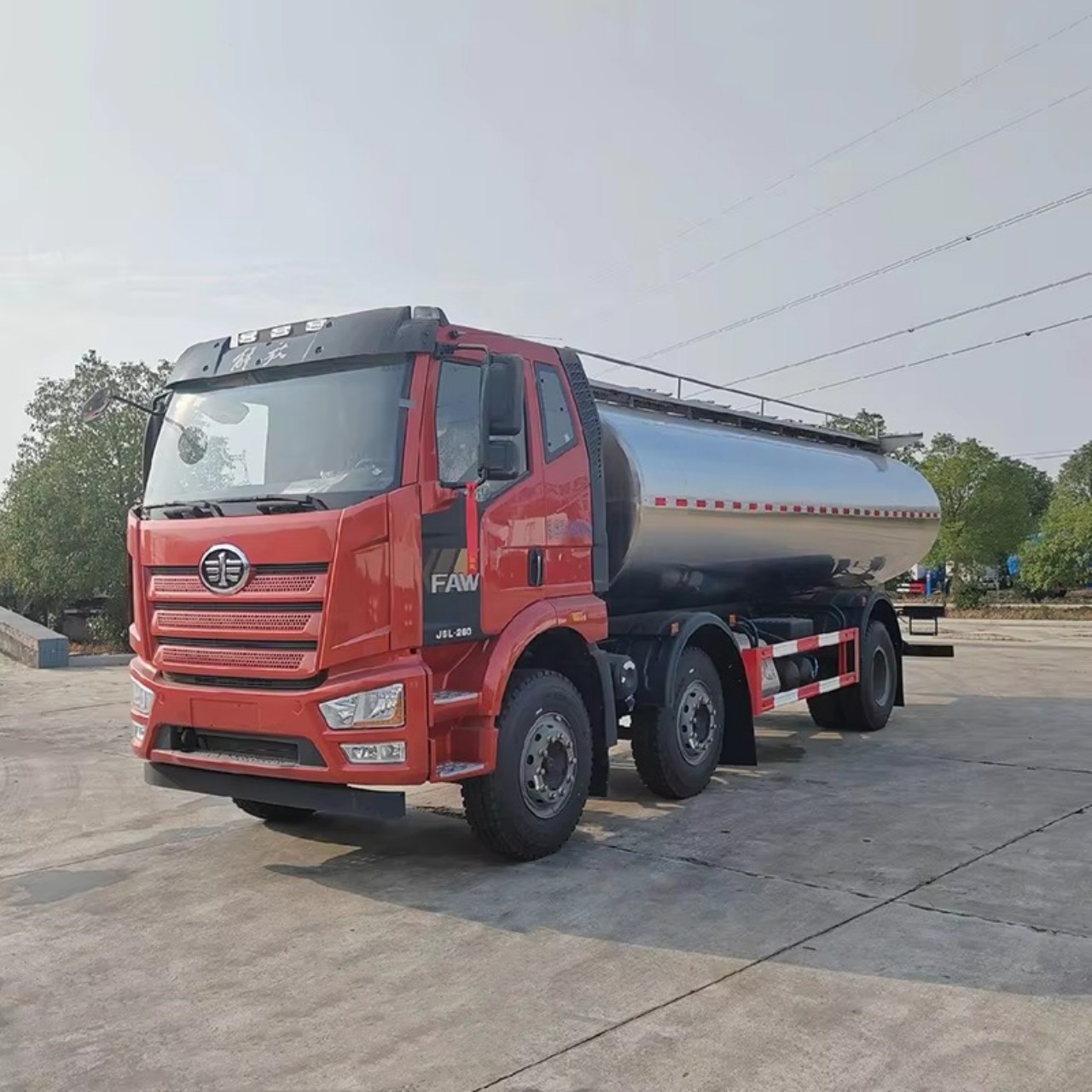
Conclusion
Transporting milk safely is a sophisticated operation that goes far beyond simply moving liquid from point A to point B. It involves specialized equipment, strict hygiene protocols, rapid logistics, and regulatory oversight at every step. Whether you’re a dairy farmer, a logistics professional, or simply someone who enjoys a glass of milk with breakfast, it’s important to recognize the intricate processes that keep milk safe, fresh, and nutritious on its way to your table.
The next time you pour milk into your coffee or cereal, you can appreciate the cold, clean journey it took, guided by science, care, and a commitment to safety.
